Species Photo Gallery for Erythridula complex 1 'Dark-backed' Erythridula |
 | Photo by: Bo Sullivan
Ashe Co.
Comment: |  | Photo by: Bo Sullivan
Ashe Co.
Comment: |
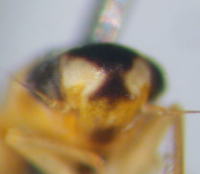 | Photo by: Bo Sullivan
Ashe Co.
Comment: | 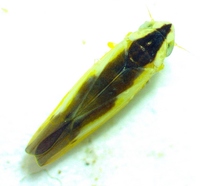 | Photo by: Ken Kneidel
Mecklenburg Co.
Comment: 2.8 mm male, came to UV light at night |
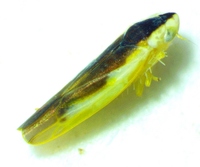 | Photo by: Ken Kneidel
Mecklenburg Co.
Comment: 2.8 mm male, came to UV light at night | 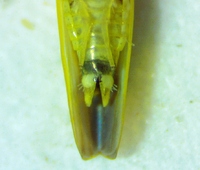 | Photo by: Ken Kneidel
Mecklenburg Co.
Comment: 2.8 mm male, came to UV light at night |
 | Photo by: Ken Kneidel
Mecklenburg Co.
Comment: 2.9 mm, came to UV light at night |  | Photo by: Kyle Kittelberger, Brian Bockhahn
Polk Co.
Comment: 1 female collected |
 | Photo by: Kyle Kittelberger, Brian Bockhahn
Polk Co.
Comment: 1 female collected | 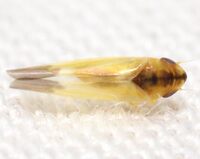 | Photo by: Kyle Kittelberger, Brian Bockhahn
Polk Co.
Comment: 1 female collected |
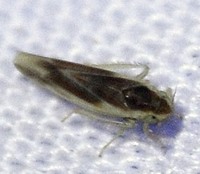 | Photo by: Bockhahn, Scharf
Burke Co.
Comment: LAJA - 2014 BioBlitz Attracted to Black Light
the color is off due to the camera flash/black light |  | Photo by: Kyle Kittelberger, Paul Scharf, Brian Bockhahn
Rockingham Co.
Comment: attracted at night with a light |
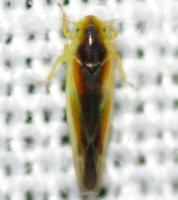 | Photo by: Kyle Kittelberger, Brian Bockhahn, Paul Scharf
Warren Co.
Comment: mixed hardwood, open forest near lake edge | 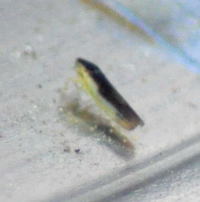 | Photo by: Kyle Kittelberger
Wake Co.
Comment: mixed hardwood forest habitat; American Beech is on our property. Not a good photo, but the only pic I have of this individual |
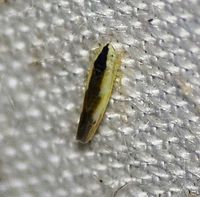 | Photo by: Paul Scharf
Warren Co.
Comment: Attracted to Black Light |  | Photo by: Paul Scharf
Warren Co.
Comment: Attracted to Black Light |
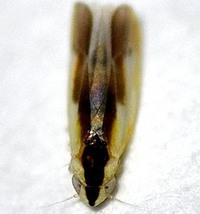 | Photo by: Paul Scharf
Warren Co.
Comment: Attracted to Black Light | 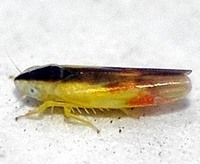 | Photo by: Paul Scharf
Warren Co.
Comment: Interesting Color Variation, Attracted to Black light |
 | Photo by: Paul Scharf
Warren Co.
Comment: Interesting Color Variation, Attracted to Black light | 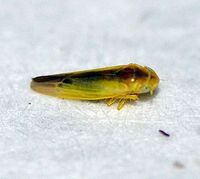 | Photo by: Paul Scharf
Warren Co.
Comment: Attracted to Light |
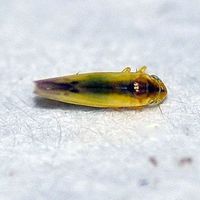 | Photo by: Paul Scharf
Warren Co.
Comment: Attracted to Light |  | Photo by: Paul Scharf
Warren Co.
Comment: Attracted to Light |
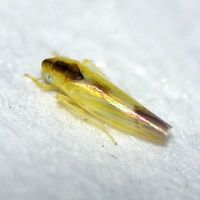 | Photo by: Paul Scharf
Warren Co.
Comment: Attracted to Light |  | Photo by: Paul Scharf
Warren Co.
Comment: Attracted to Light |
 | Photo by: Paul Scharf
Warren Co.
Comment: attracted to Light | 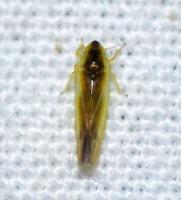 | Photo by: Paul Scharf
Warren Co.
Comment: attracted to Light |
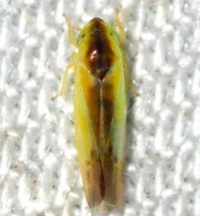 | Photo by: Kyle Kittelberger, Brian Bockhahn, Paul Scharf
Warren Co.
Comment: mixed hardwood, open forest near lake edge |  | Photo by: Kyle Kittelberger, Brian Bockhahn, Paul Scharf
Warren Co.
Comment: mixed hardwood, open forest near lake edge |
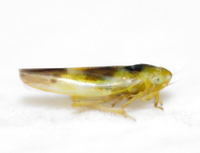 | Photo by: Kyle Kittelberger, Brian Bockhahn, Paul Scharf
Warren Co.
Comment: mixed hardwood, open forest near lake edge |

 »
»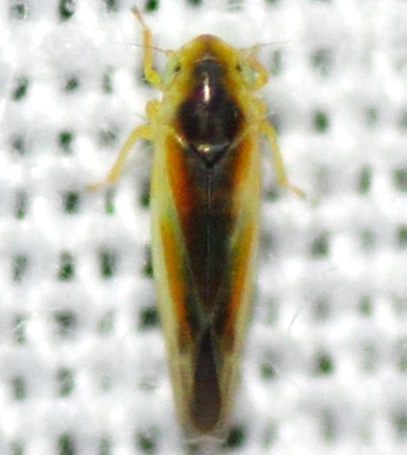
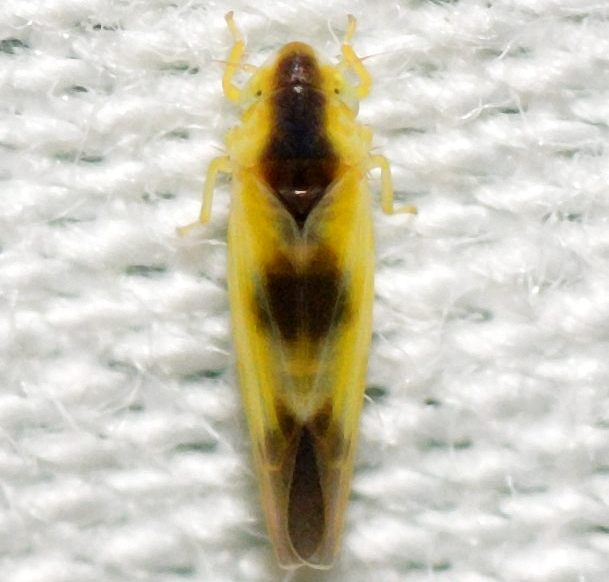

 »
»
